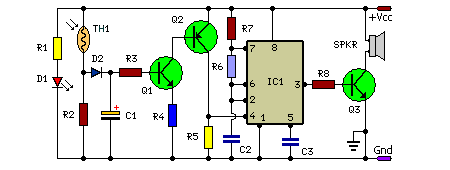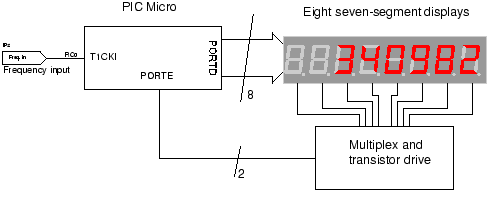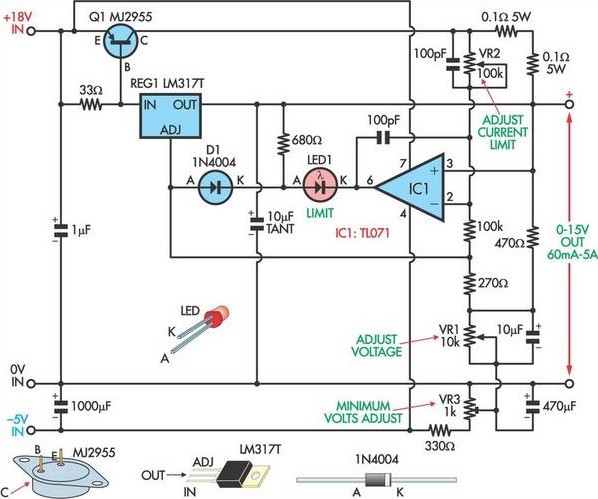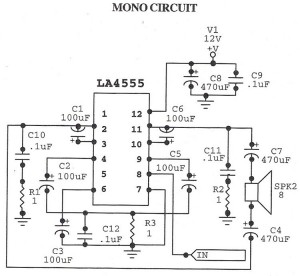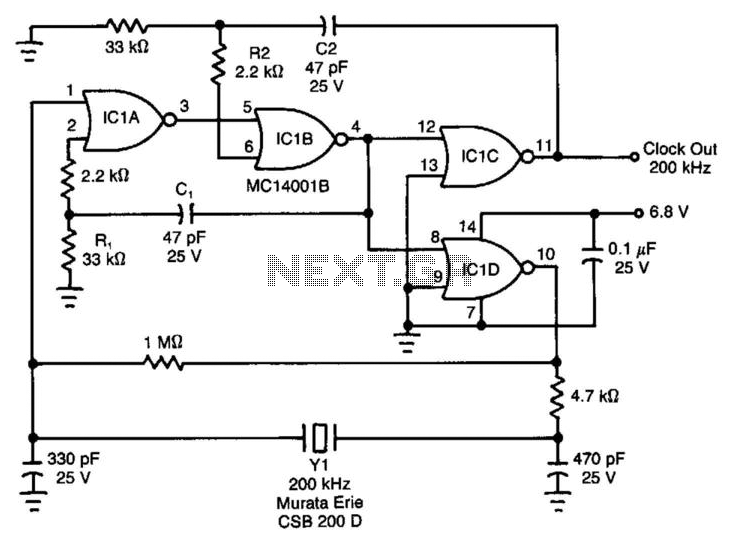
12V Power Inverter Using 555

This 12V power inverter circuit can be utilized to supply power to small devices that require 240 volts. It is particularly beneficial when there is a need to operate equipment designed for 240 volts.
The 12V power inverter circuit is designed to convert a 12V DC input into a 240V AC output, making it suitable for powering various small electrical devices that typically operate on standard AC voltage. The circuit generally consists of several key components, including a DC-DC converter, an oscillator, a transformer, and an output stage.
The DC-DC converter steps up the 12V input to a higher DC voltage, which is then fed into an oscillator circuit. This oscillator generates a high-frequency square wave signal, which is crucial for driving the transformer. The transformer is responsible for stepping up the voltage to the desired 240V AC level.
In many designs, the inverter may also include a feedback mechanism to regulate the output voltage and ensure stability under varying load conditions. Additional components such as capacitors and inductors may be used to filter the output waveform, improving the quality of the AC signal and reducing harmonic distortion.
Protection features are often integrated into the circuit to safeguard against overloads, short circuits, and thermal issues. These can include fuses, thermal cutoff switches, and current sensing circuits.
Overall, this 12V power inverter circuit is an efficient solution for converting low-voltage DC power into high-voltage AC power, enabling the use of various electrical devices in off-grid or mobile applications.This 12V power inverter circuit can be used to power small power devices that need a 240 volts. It is very useful when you want to use a 240 volts consume.. 🔗 External reference
The 12V power inverter circuit is designed to convert a 12V DC input into a 240V AC output, making it suitable for powering various small electrical devices that typically operate on standard AC voltage. The circuit generally consists of several key components, including a DC-DC converter, an oscillator, a transformer, and an output stage.
The DC-DC converter steps up the 12V input to a higher DC voltage, which is then fed into an oscillator circuit. This oscillator generates a high-frequency square wave signal, which is crucial for driving the transformer. The transformer is responsible for stepping up the voltage to the desired 240V AC level.
In many designs, the inverter may also include a feedback mechanism to regulate the output voltage and ensure stability under varying load conditions. Additional components such as capacitors and inductors may be used to filter the output waveform, improving the quality of the AC signal and reducing harmonic distortion.
Protection features are often integrated into the circuit to safeguard against overloads, short circuits, and thermal issues. These can include fuses, thermal cutoff switches, and current sensing circuits.
Overall, this 12V power inverter circuit is an efficient solution for converting low-voltage DC power into high-voltage AC power, enabling the use of various electrical devices in off-grid or mobile applications.This 12V power inverter circuit can be used to power small power devices that need a 240 volts. It is very useful when you want to use a 240 volts consume.. 🔗 External reference
